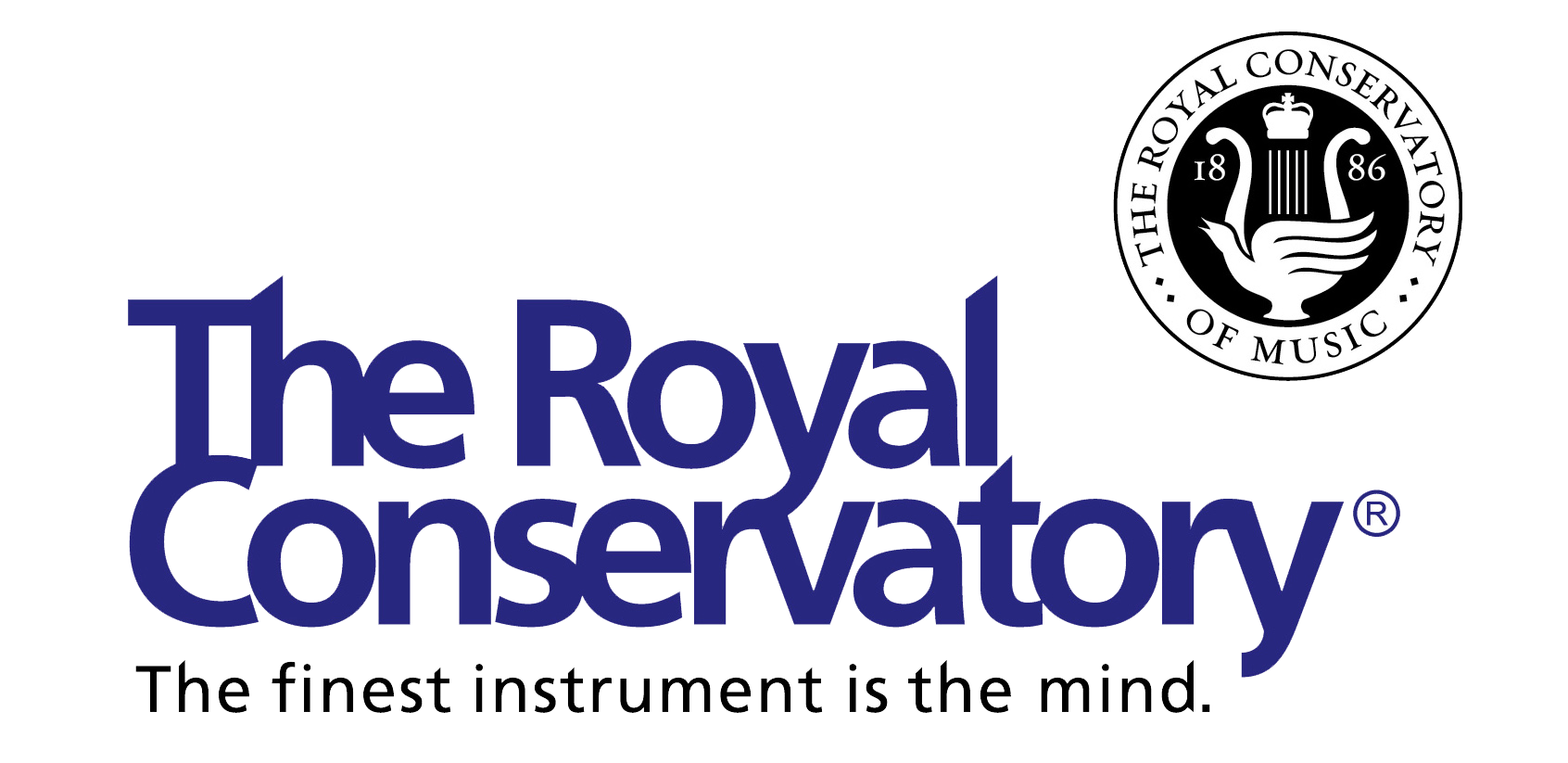LEARNING THROUGH THE ARTS
LEARNING THROUGH THE ARTS
Learning Through the Arts began in 1994 with a simple, inspiring idea: that if the arts were woven into all learning, students would be more engaged, and instruction more vivid and memorable.
In our first 20 years, working with over 200,000 students across Canada, we proved that this approach leads to better attendance, greater attachment to school, higher retention of learning, and, ultimately, increased academic achievement.
As we worked in schools in Regina, Fort McMurray, and Thunder Bay, we saw that the contemporary learning process we had developed resonated especially strongly with indigenous learners.
Through a unique Elder in Residence project in Fort McMurray, we learned about the similarities between our process and traditional indigenous approaches. For example, when indigenous youth learned a particular hands-on skill, an Elder would tell stories that helped students understand all the ways the skill is important to the community, placing the learning in context.
This has parallels to our arts-based process, in which story drives engagement in learning across all disciplines. In our process, a teacher begins a class with a short ‘provocation’, a cultural experience, story, or image that inspires curiosity and is open to interpretation, provoking students to discuss the meaning and intent of the work.
The students notice so many different things, so quickly, that every student is immediately engaged. Teachers then ask questions that allow students to explore their own responses more deeply. Students are given a choice of ways to share their point of view, ranging from videos to podcasts to slide shows. (For teachers, these provide multiple ways to assess learning).
In 2014/15, we were invited by Six Nations of the Grand River, Tyendinaga Mohawk Territory, and Fort Chipewyan’s Athabasca Delta School in Northern Alberta to partner with teachers in bring this design to their students. The immediate success of this work led us to expand to five communities in 2016/17, adding Squamish Nation and Stz’iminus, Coastal Salish communities.
In Fall 2016, we have added a unique capability to support teachers working in remote reserve schools through a ‘live’ facilitated online platform. Our hope is that we can help build connections between teachers working within a cultural region, helping to rebuild longstanding cultural connections between First Nations and contribute to the renaissance of indigenous cultures and languages.
We have also launched an effort to build a national roster of indigenous artists and Elders to help drive this work forward and ensure its relevance to different First Nations cultures. On these pages, you will meet these artists and learn about their work.

Recent Comments